
03 Feb Austrian Alps: Via Ferrata Steingrubenkogel (C)
Our plan for the day was to stay in the area of the Stubai Alps and to attempt a half day route that would take us to over 2600 meters. Since the weather forecast was not looking very promising, with rain in the second part of the day, we wanted to do something that would not be extremely long. We risked it and set out towards the peak even though we knew a potential storm was coming. This small mountain sector is really beautiful and reminiscent of the Italian Dolomites. The peaks are steep and somehow fragmented, with vertical walls composed of loose, limestone-ish rock. We had a blast so let’s start this adventure in the Austrian Alps: Via Ferrata Steingrubenkogel.
Distance
8 Km
Total Time
6 h 30 min
Active Time
5 h 30 min
Vertical Relief
+1000 / -1000 m
Min/Max Altitude
1722- 2668 m
Ferrata Grade
Medium
Via Ferrata Steingrubenkogel
With the plan all set we left early in the morning because we had a 45 minute drive to the start of the track. We ascended up the mountain on a forest road all the way to Kemater Alm hut located at 1673 meters. Here you can park (almost) free of charge. Theoretically there is a parking machine somewhere further down the road but we didn’t notice it on the way up. Nevertheless we asked at the hut if we need to pay the parking place and they said ‘Alles gute’ (all good). So, up we went!
We made our way uphill towards Adolf Pichler Hut, passing close to some cows and oversized goats. Theoretically the signs say that you need one hour for this section but it can easily be done in 40 minutes. Since we did such good progress we decided to stop for a coffee and enjoy the sunny morning. Everything is very chill here. We’re admiring the view while recharging our batteries on solar and coffee power. Couldn’t help noticing that this trail is also very nice for bike riding.
After this lovely break we continued our hike in the direction of Alpenklub Scharte, a saddle located at 2500 meters. Right beneath the saddle there is a steep ascent through a scree field. In total it took us roughly one hour to reach it.
We found a nice flata rea to put on the via ferrata equipment as the start was just around the corner. For your information: it is advisable to have your helmets equipped even before the scree field as rocks can easily come loose and catch speed downhill. We made our way to the left side where we traversed a slippery section just before the start of the via ferrata.
Another thing to point out is that this track is composed of multiple small via ferrata sections combined with pretty exposed and not assured alpine crossings. Basically we were walking on a narrow path on the side of the mountain. Needless to say the rock composition does not help either as it is pretty loose. Dirt patches tend to be highly unstable so we moved fast around them. All in all you kind of need to be sure footed, especially on the descents – so, keep this in mind if you consider this route.
The ferrata sections are generally graded C and are relatively straight forward. Nevertheless there are two, 3-4 meter high, chimneys to ascend and descend. They look scarier than they actually are. We managed to tackle them without many problems but at first sight it’s hard not to be a bit humble in front of them. We climb them from the inside while using both walls for grip. It was exhilarating.
We could say that the difficult parts of the route were the alpine paths without assurances. Clearly this track is not recommended for beginners or for people who are afraid of exposure or heights.
The sections alternate for the whole duration of the climb and the view is absolutely stunning. We had an excellent day for photo shooting: a few dramatic clouds, sun and a full blue sky in the background. We felt just like small ants that are walking on stone giants. The Alps are truly breathtaking: the calm of the green meadows is swiftly distorted by clean cut conglomerates of stone. This part of the mountains looks very much like the Italian Dolomites.
What is also different in comparison to the Innsbruck via ferrata is the rock composition. Here the holds are much smaller and the rock is much more slippery or loose. We managed to dislocate some hand and foot holds. Perhaps this is also the reason why we did not meet any other person on the track. The whole mountain for us alone in full touristic season :). We only saw two alpinists equipped with ropes. We presumed they were crossing the complete ridge of this section.
Just one final climb and we see the imposing peak, obviously with a cross on top of it. From what we read in some guide the general idea was to descend on the other side and do a circuit. Nevertheless, the situation from the top looked a bit different.
We could very vaguely distinguish some old markings on the rock but the way seemed very unstable and steep. Since we did not have our rope with us we decided to descend on the same way we came up…yup, down on the ferrata.
The decision was easy! We took a few pictures from the peak (clouds were amassing on the surrounding peaks) and made a swift descent on the ferrata. Luck was on our side that the track was deserted of people, otherwise it might have lasted an eternity. As such we really took our time on the way down. The via ferrata sections were ok but the parts without assurances gave us some stress (mainly because of the loose rock).
Overall we did the complete route in 6 hours and 30 minutes, including cumulated breaks of 1 hour. In the guide was estimating it at 5 hours and 15 minutes, so close enough. Anyway, it was a really impressive track, a classic of the Austrian Alps. We cannot recommend it more.
GPS track Via Ferrata Steingrubenkogel
How to get to Via Ferrata Steingrubenkogel?
For the Via Ferrata Steingrubenkogel the best road from Innsbruck is to go in the direction of Axams and then Grinzens. From here you will go on a secondary road up the valley. You should see signs that point in the direction of Kemater Alm. When you reach the hut you have a generous parking lot. The road continues in the direction of Adolf Pichler Hütte but it is closed to traffic. Nevertheless you can go by bike.
Where to sleep?
For this area we chose a small camping near Innsbruck as base camp. The place is called Camping Judenstein and it is located in… well you guessed it Judenstein. The place is not huge, not small – the camping is really cozy and has a lot to offer. The pitches are decent, you even have a bit of shade from the trees. There is a nice sheltered place to eat, a small store available at the reception and good facilities (such as laundry, fridge and freezer). I find it quite convenient. The PRICE: around 23 € / night for two persons, one small car and one small tent. The only small downside is that it is located next to the village church. It is one of those places that mark each 15 minutes with a small dong and each hour with the right amount of dongs. But you get used to it fast.
Good to know
Since you are not linked to any cable cars you can start this track even later in the day or afternoon.
You have two options to buy food or drinks during this trip but they are both situated in the first segment. Afterwards you need carry your own supplies. Do not underestimate the length because the time you will spend can be highly influenced on how many other people are also attempting it.
Check the weather forecast for the area as the via ferrata is not recommended in bad weather. The probability of accidents is high and during summer the chances of lightning storms is not to be taken lightly.
Full via ferrata equipment is mandatory and if you are a beginner definitely don’t approach this track.
Hope you found the information helpful and accurate, but remember, if you have any questions drop them in a comment below!
Other great adventures
-
Transylvania MTB Ride: Sirnea
If you’re planning to visit Transylvania, particularly Brasov area and you’re also looking forward t...
-
Cycling around Dracula’s Castle – Piatra Craiului National Park
Dracula's Castle, an international landmark, is probably one of the most visited places in Romania ...
-
Italian Dolomites: Via Ferrata Giovanni Lipella (4C)
Via ferrata Giovanni Lipella is one of the most emblematic routes in the Dolomites. Not only are the...











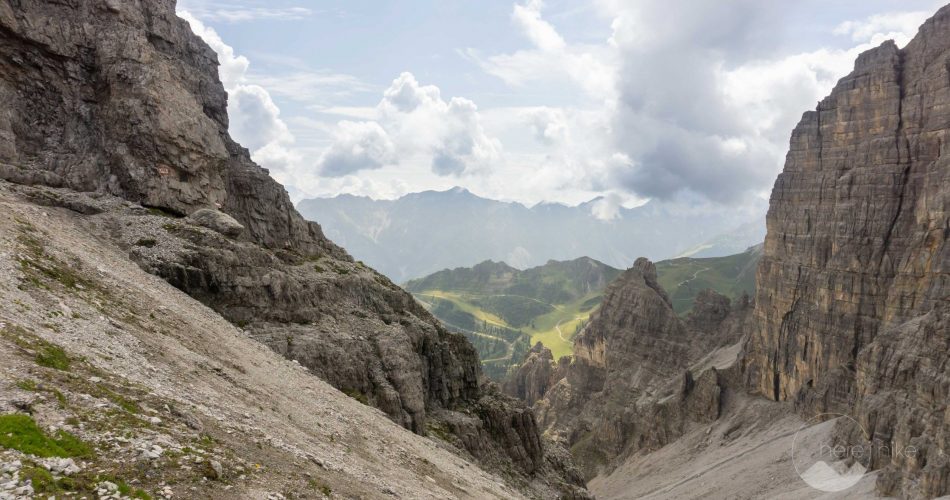

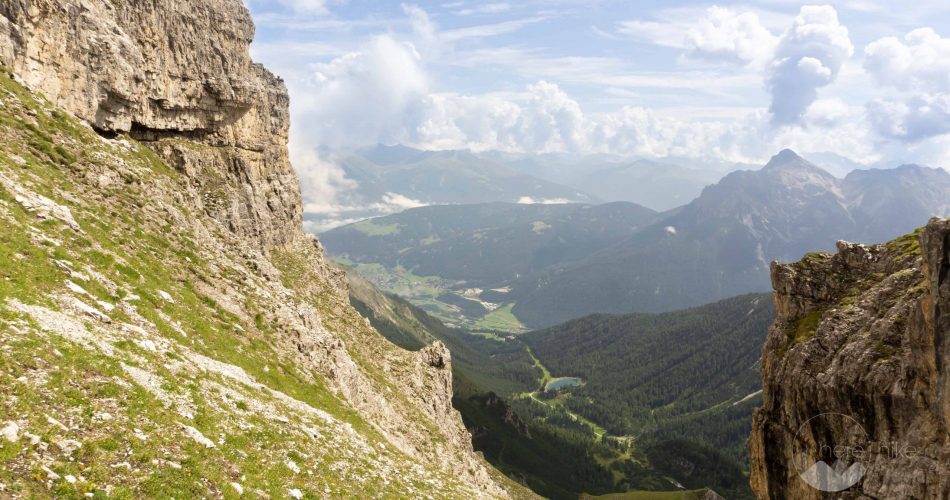





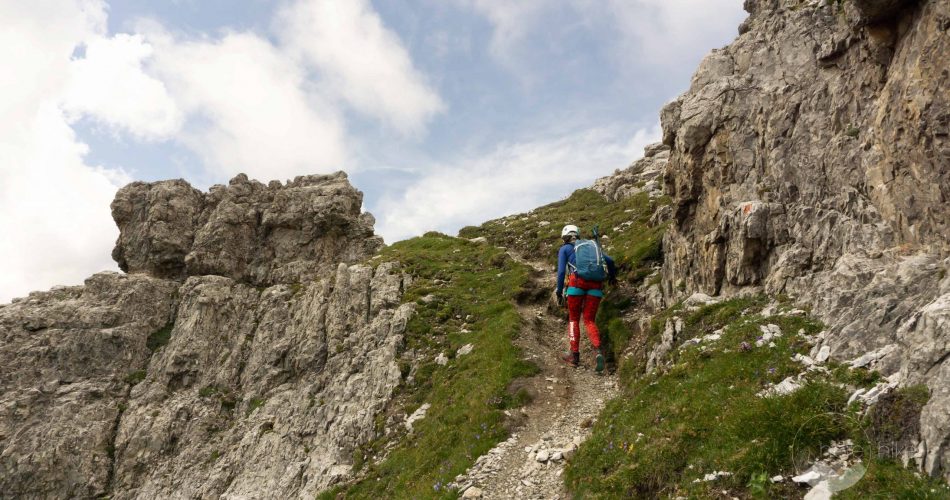
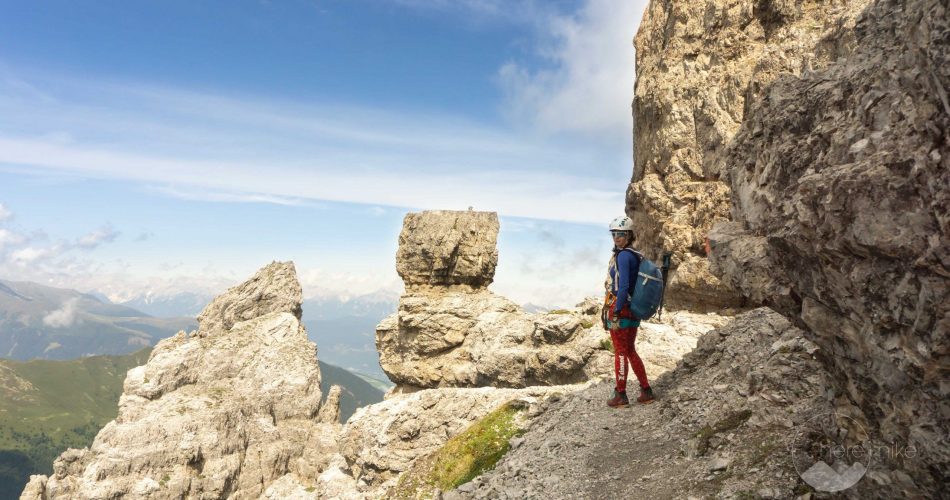


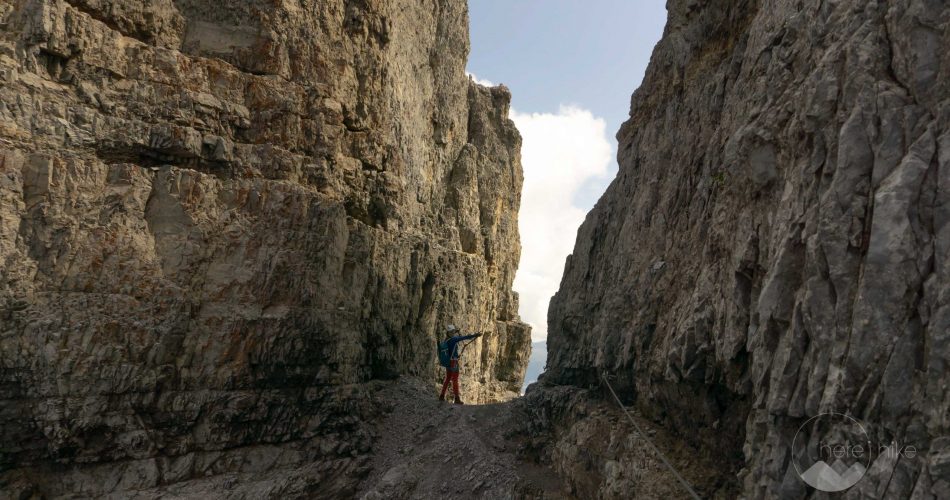
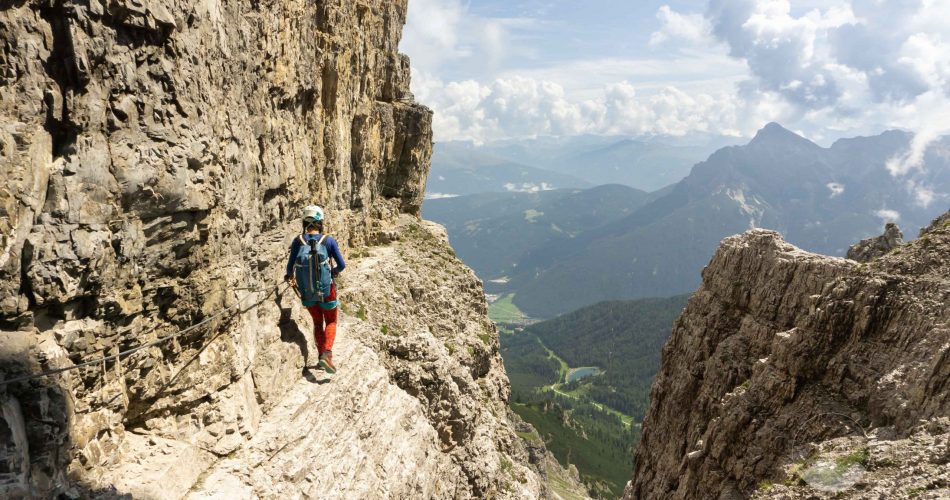




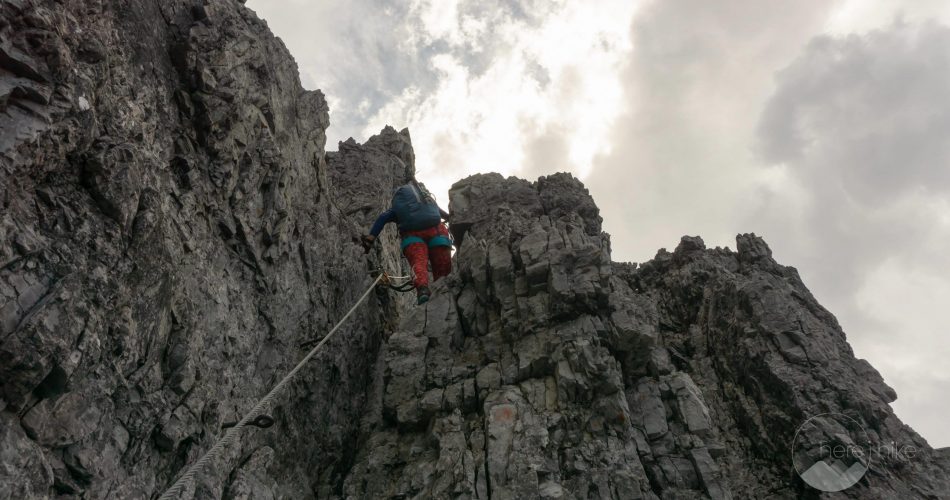









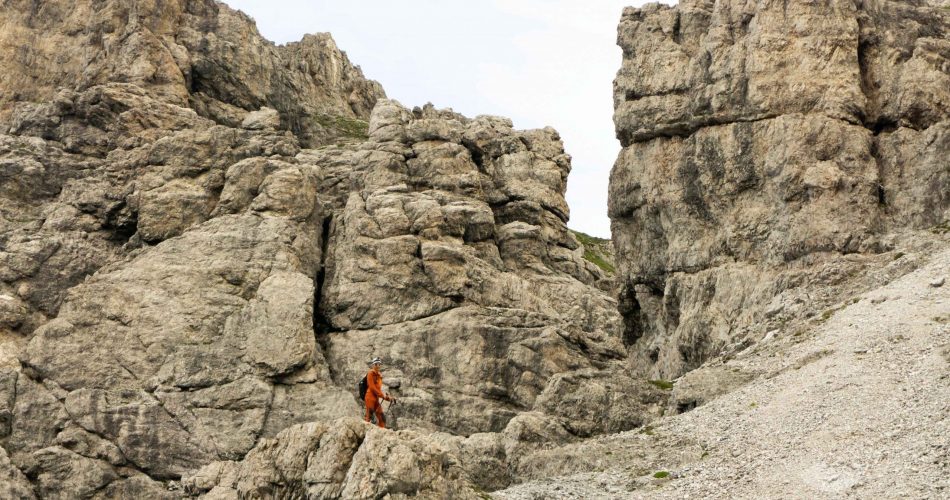


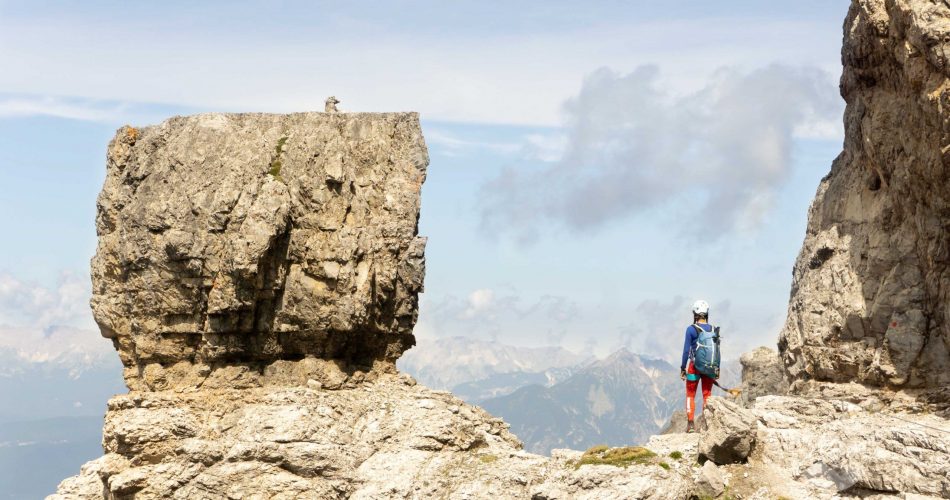






No Comments